What is RDT?
The Ross Droplet Technique (RDT), once a niche addition to espresso brewing methods, is becoming increasingly popular among home baristas. But what is it, and how will it benefit you when making your daily caffeine fix?
Given it’s impressive-sounding title, the Ross Droplet Technique could not be simpler! It involves misting or stirring a small amount of water into your coffee beans before grinding them in your electric coffee grinder.
What Problem Does RDT Technique Solve?
Have you ever noticed that when grinding coffee in your electric burr grinder, you are often left with a mess? This is caused by static electricity which occurs when two objects coming into contact have differing electric charges. The difference in positive and negative charges results in a small current. This is what causes your hair to stand on end when you rub it with a balloon and what causes your coffee particles to move in strange ways once they’ve been ground.
Static in your grinder can cause grinds to clump together, or stick to surfaces, or fly out in all directions.
Not only can this be messy, but it also affects your dosing and the performance of your grinder if coffee fines are left inside clinging to surfaces. This in turn can ruin the taste and aroma of your coffee, mixing fresh and stale grinds as they eventually emerge from the grinder over time.
Most commercial grinders have anti-static devices in the chute, but these are almost never present in domestic electric grinders. So, how can RDT eliminate static in your grinder?
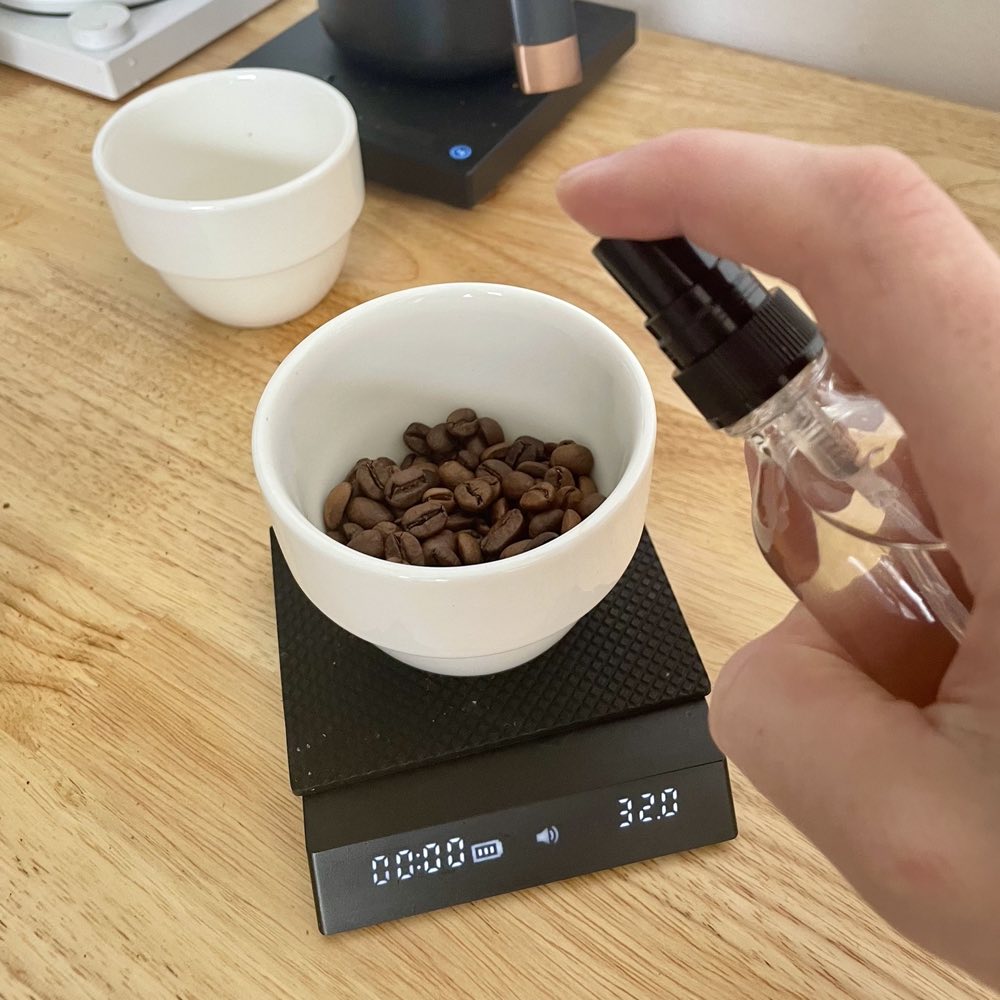
How Does RDT Work?
Adding a small amount of water to your beans pre-grind, dampens the static by making the conditions inside the grinder more conductive, allowing the charge to dissipate quicker.
The two RDT methods
There are 2 different methods for RDT, depending on whether you want to purchase a spray bottle or do it low-tech.
Wet spoon method
This couldn’t be simpler. Wet either a spoon or your finger and stir it into your pre-dosed coffee. It’s easy, low -tech and doesn’t require any new equipment. However, its lack of precision means it would be easy to over or under-dose the water.
Spray bottle method
Take a tiny spray bottle and gently mist your pre-dosed coffee beans. It’s precise and ensures only the tiniest droplets of water land on the coffee. However, unless misting into a very shallow container, it would be easy to miss the lower-level beans, causing an imbalance in moisture levels which would still cause some static in the grinder. You can solve this by giving your beans a shake or stir before adding them to the hopper.
Before & After Comparaison
We did the comparaison on an EK43, a grinder that normally has a lot of retention. We started with 32g in each cup. As you can read on the scale, the one without RDT has more retention (0.3g) compared to the one using the RDT Method (0.1g). The grind process had a lot less static with the RDT method as you can see in the cups.
Before
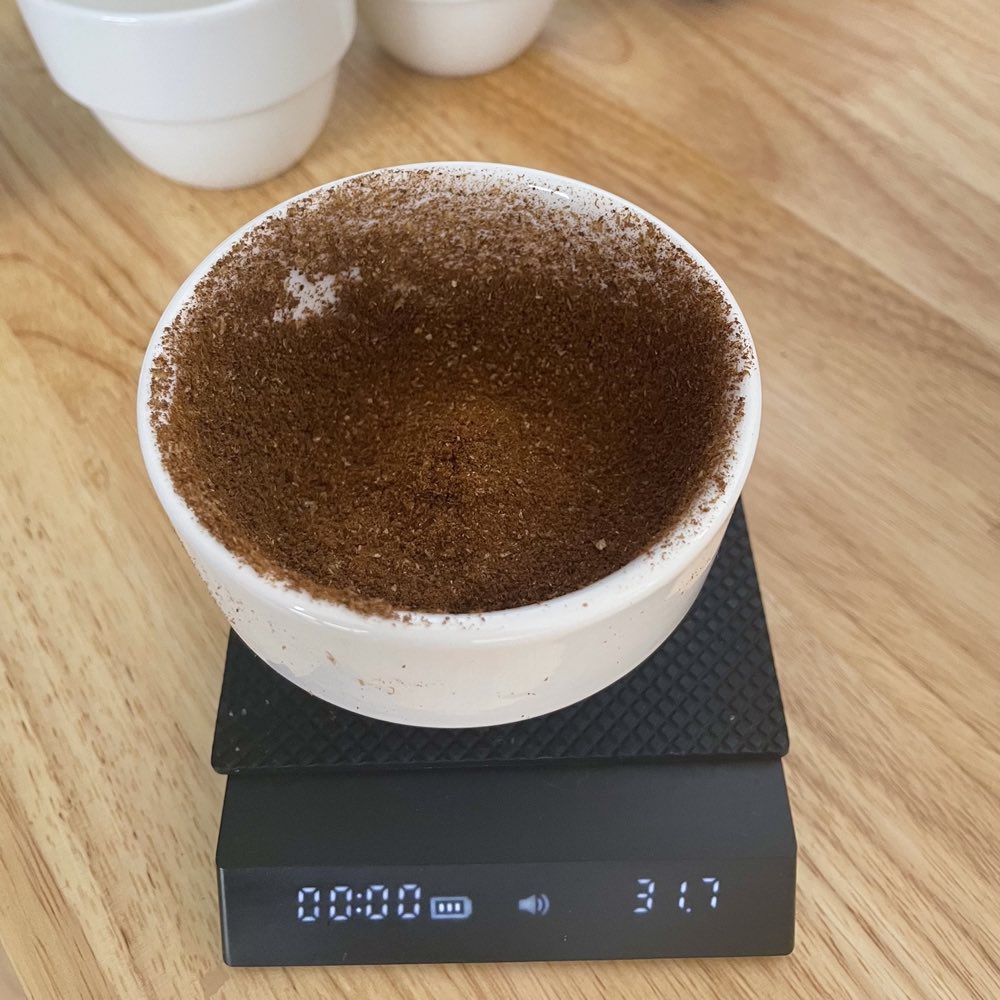
After
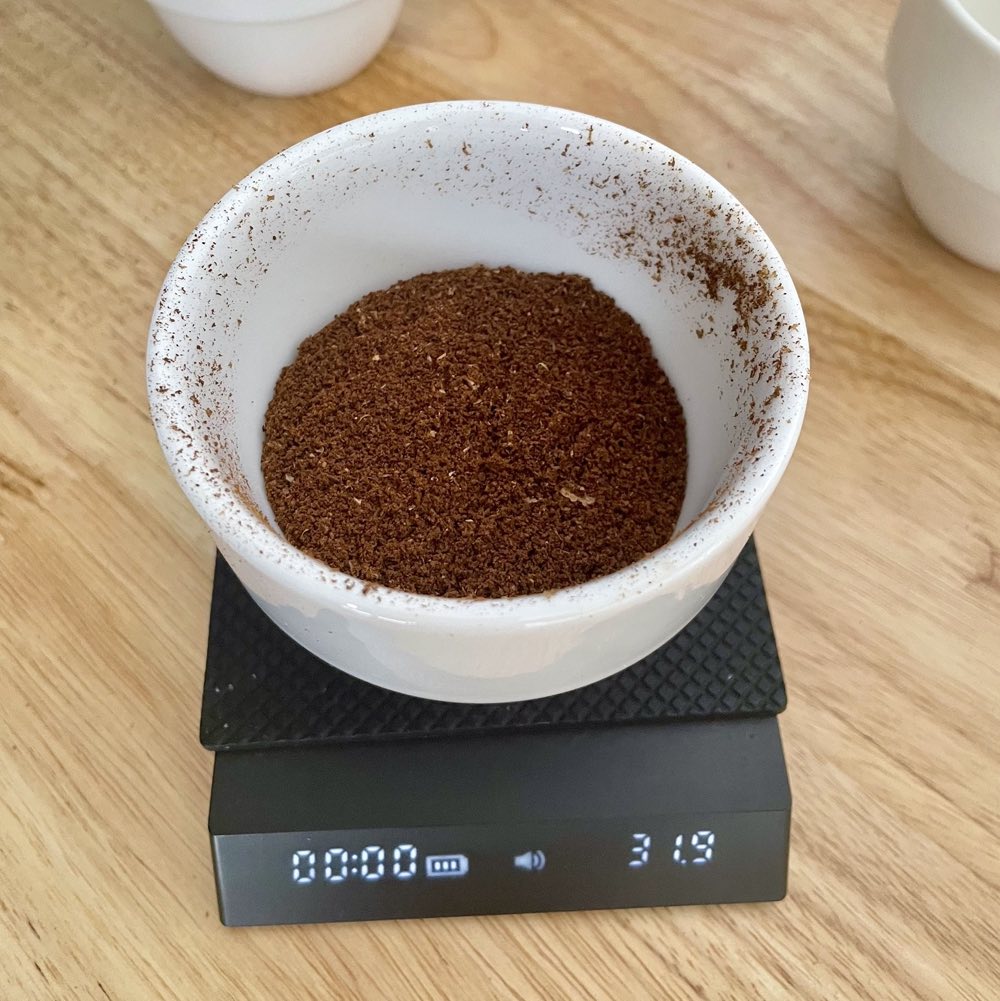
Possible downsides of RDT
Like every intervention added to the espresso-making process, there are some pitfalls and potential downsides to introducing the Ross Droplet Technique.
If too much water is added to the coffee beans, you may find that the burrs of your grinder become clogged with soggy coffee. This is why only the tiniest amount of water is needed. If you live in a particularly humid part of the world, it is also not recommended as it’s likely your stored beans already have enough moisture present.
There is also a legitimate worry from some about potential damage to coffee grinders. If you’ve spent a lot of money on a good quality coffee grinder, the last thing you want is to inadvertently damage it in the pursuit of reducing static. If you follow the advice we have given, your grinder should not be adversely affected. The biggest risks are for those using too much water, or grinders without stainless steel burrs as these can rust.
Anecdotally, most champions of RDT report that their grinders run cleaner as there are fewer coffee fines being left behind with each dose. This is good for your grinder and good for flavour.
Important considerations:
- RDT only works if you single dose your coffee into the grinder. You can’t add moisture to a hopper full of beans without risking mildew ruining your coffee.
- RDT must be applied immediately before grinding your coffee. Adding moisture to coffee beans will cause them to degrade quicker than usual and adding moisture several minutes or even hours before grinding may give plenty of time for the beans to dry out, rendering the process pointless anyway.
- You really only need a tiny amount of water to make RDT effective. A single drop is sufficient to make a difference without making your beans wet enough to cause issues in the grinding chamber.
- Only use RDT if you have stainless steel burrs in your grinder – check with your manufacturer if you’re unsure. Stainless steel is resistant to rust and adding moisture into any other environment is unwise as rust will definitely counteract any benefits gained from using RDT.
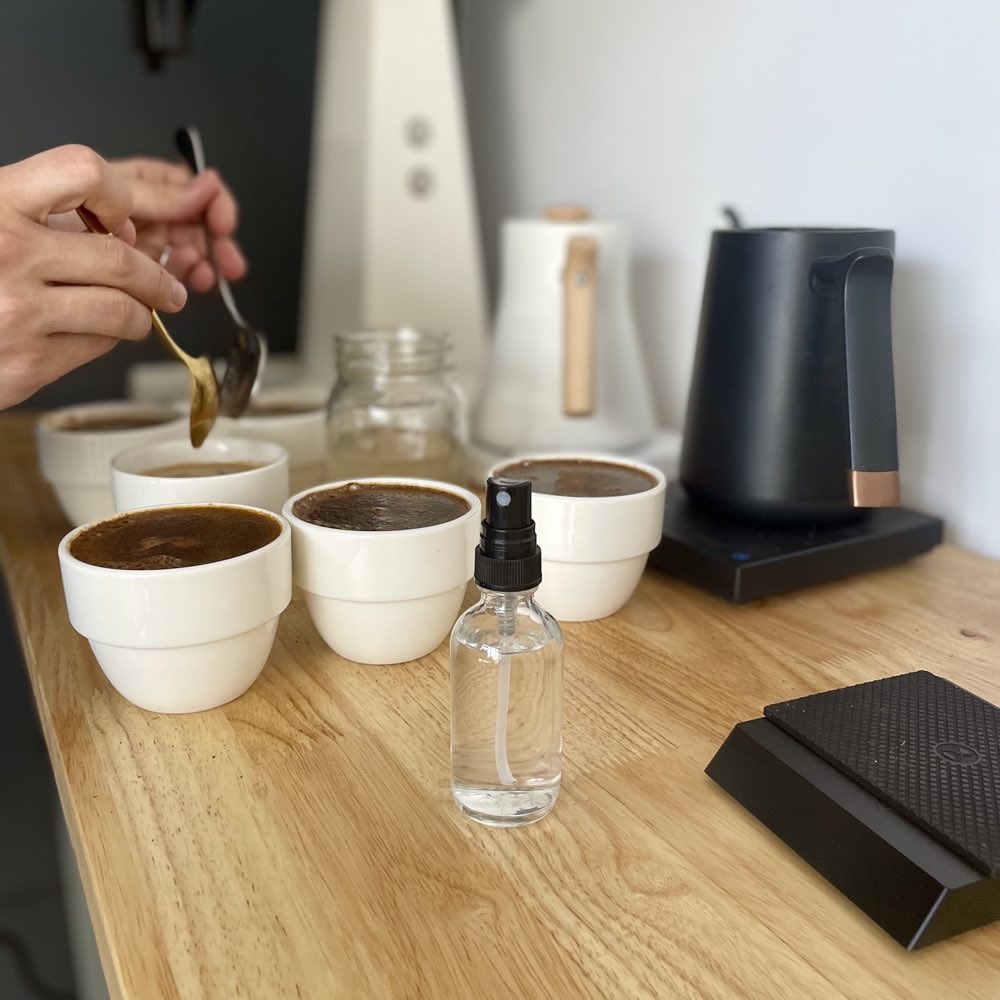
FAQ
Why is it called the Ross Droplet Technique?
A barista called David Ross developed the technique back in 2005. However, it has remained mostly under the radar until James Hoffman shared it as a ‘coffee hack video’ and has steadily gained devotees since then.
Does RDT damage burrs?
It certainly has the potential to damage non-stainless-steel burrs and is not recommended for these. But if you have stainless burrs and keep water volumes to an absolute minimum; your burrs will be perfectly fine. If you’re unsure about how much water to add, our advice is to measure it very precisely, start with a minimal amount, observe the results (take pictures), and gradually increase the amount of water until you’re satisfied.
Does RDT reduce fines?
No, RDT doesn't directly reduce fines. What it does is help with static and clumping. Over time, as you use the technique consistently, you'll notice a more consistent coffee particle distribution due to the reduced clumping and static, which may improve the coffee flavour. But to be clear, the primary goal of RDT is not to reduce fines.
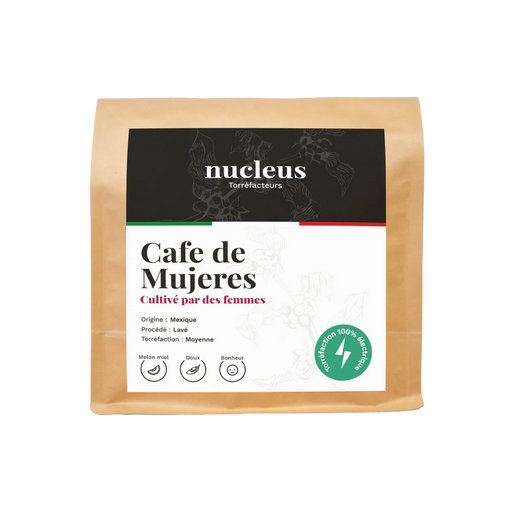

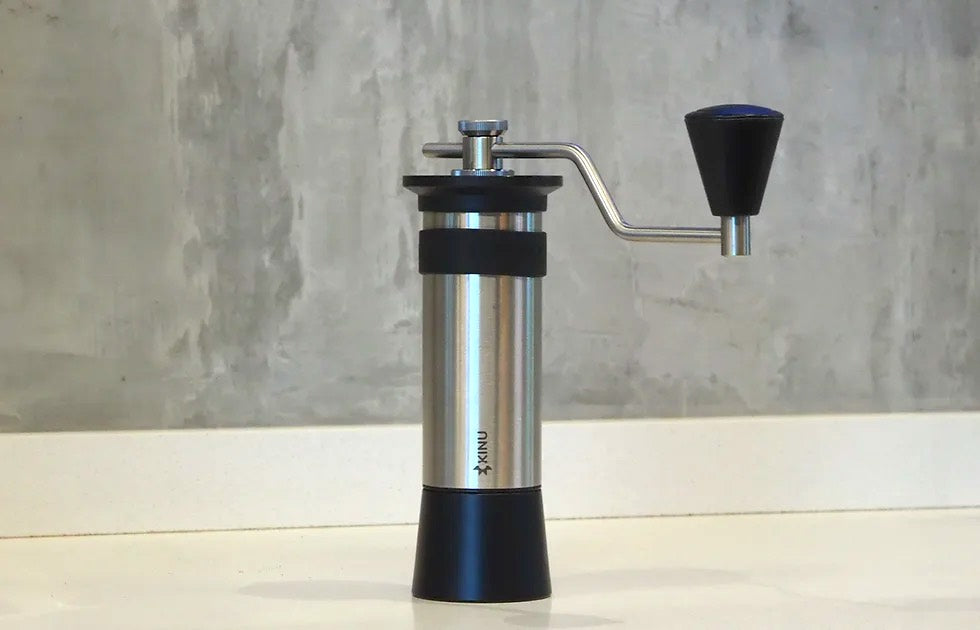



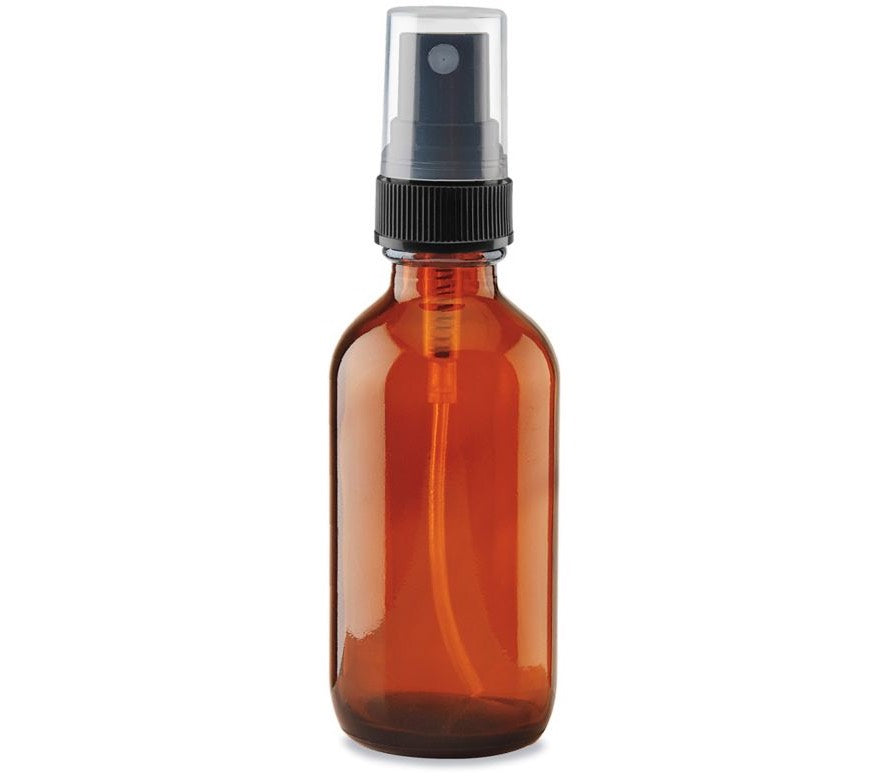



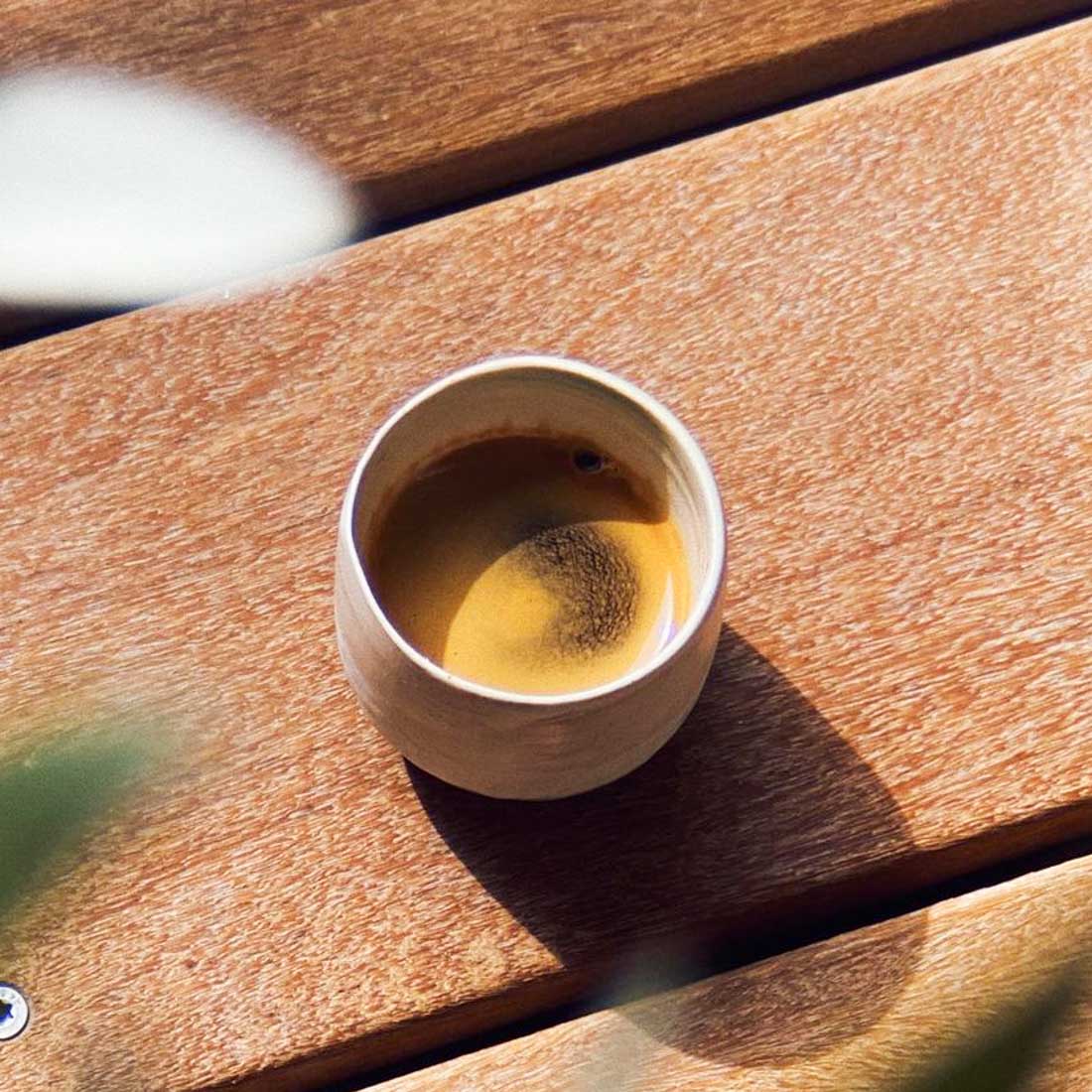
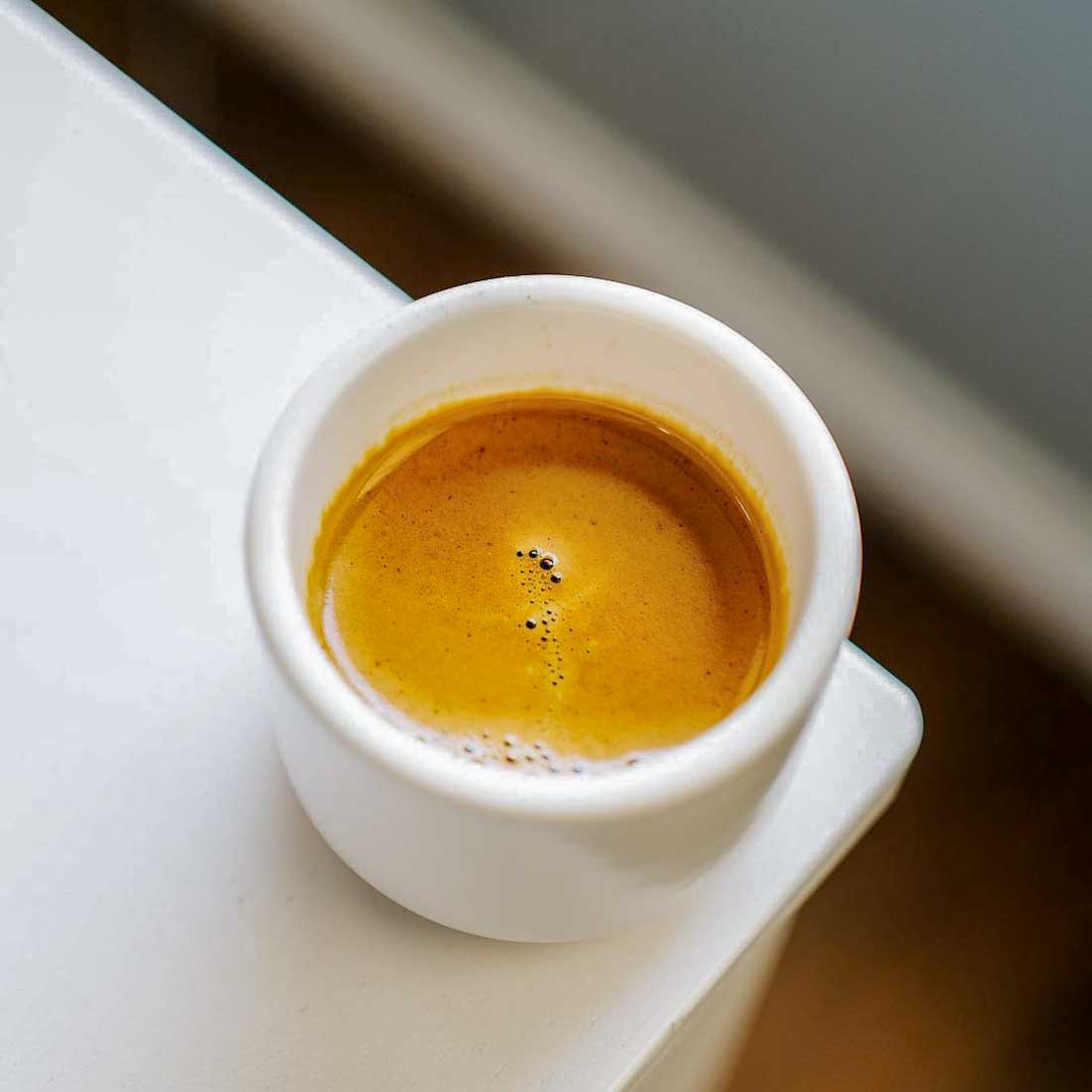
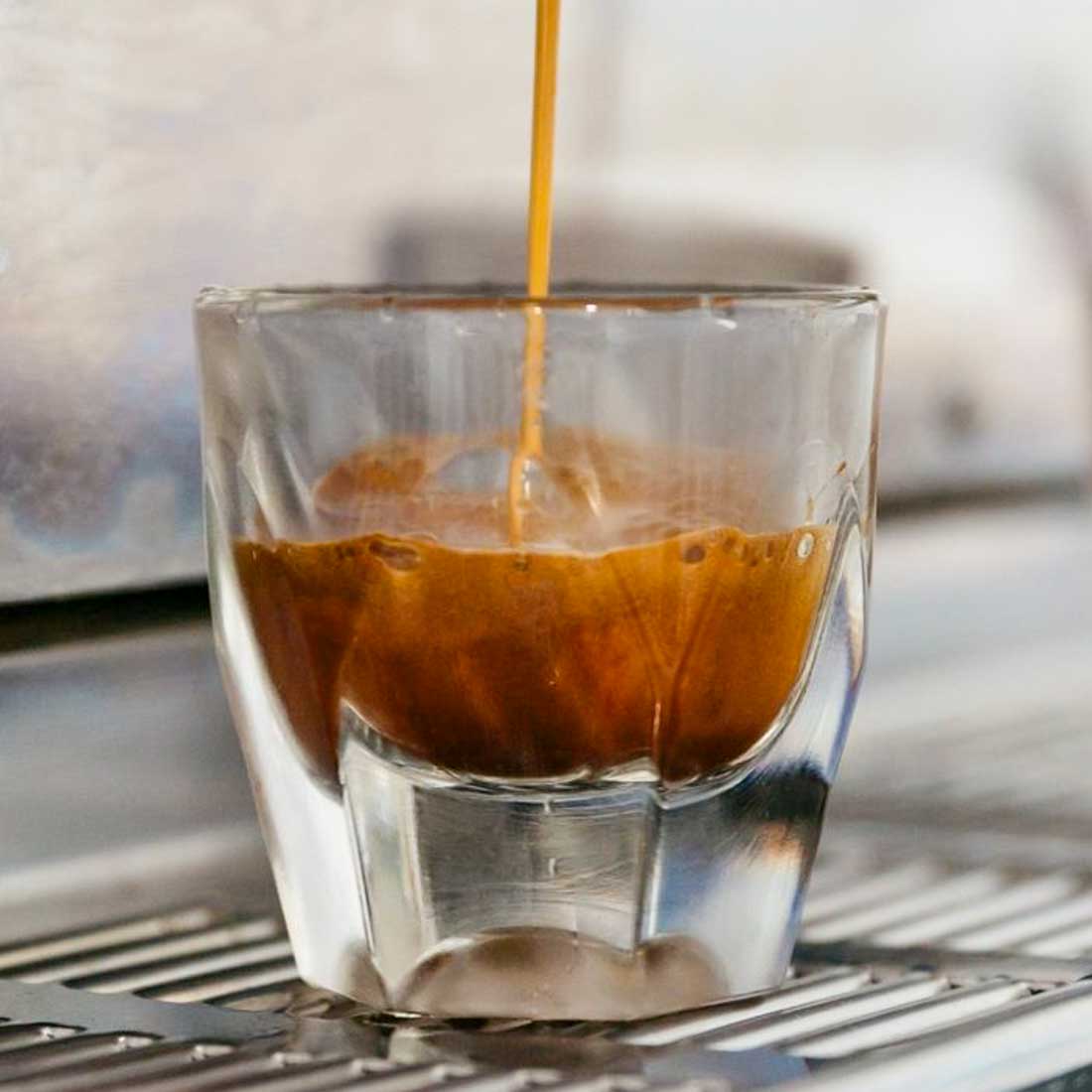
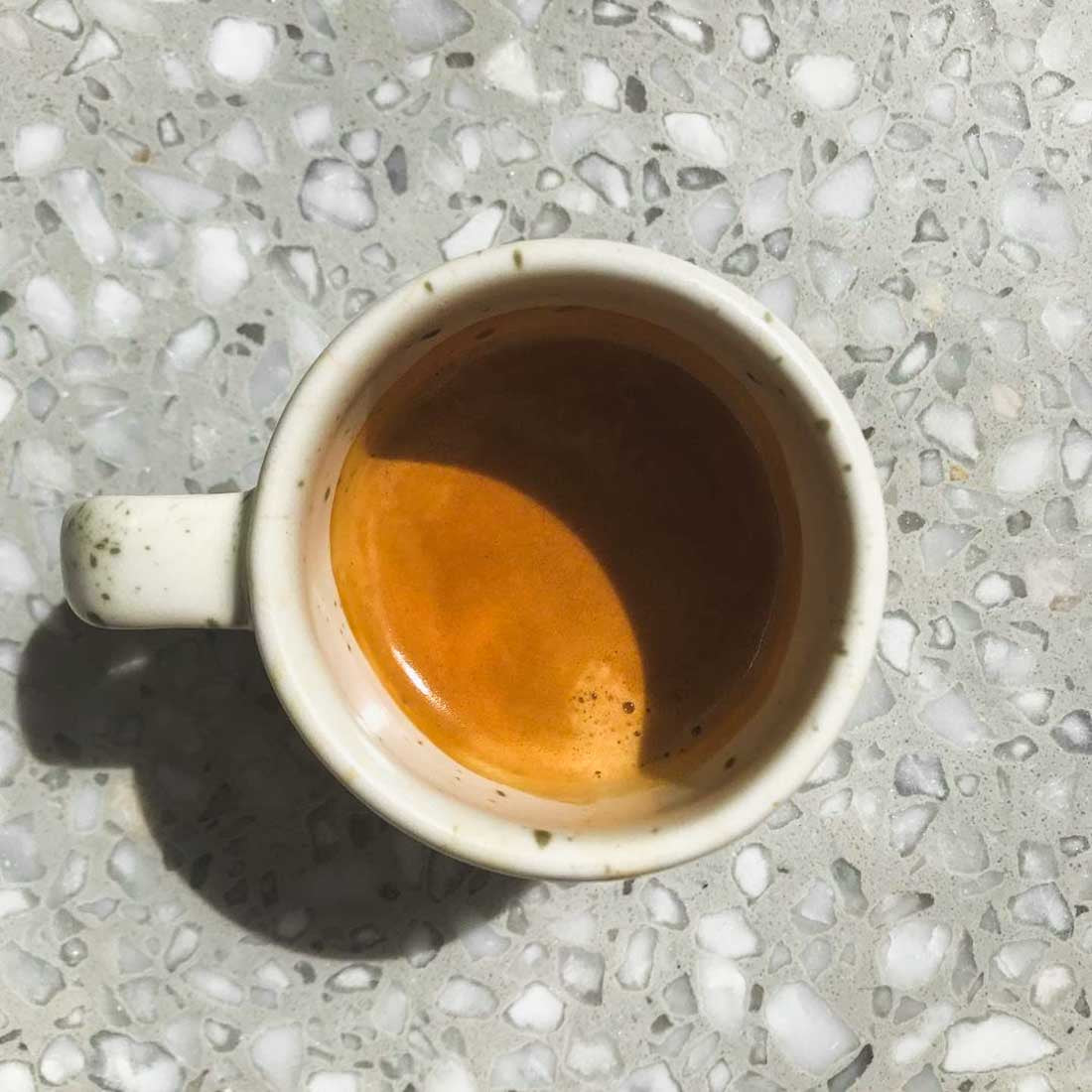
Comments
There are no comments.
Your comment